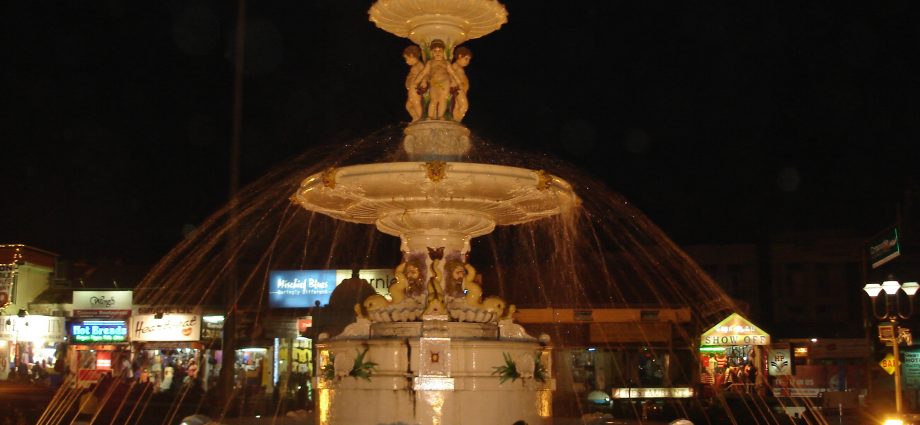(That Charing cross of Ooty was modeled on its name sake in London is another enduring myth. According to the Historian David Sullivan (a direct descendant of Sullivan) cross–roads leading to Westminster at a place called Charing became Charing Cross in London. Similarly, the flat land where the four main roads of original Ooty met or crossed came to be called or nick-named Charing cross. There is no record of the name and there is no mention of the name in the maps. Yet none can deny that it is the Gate way and a pride of Ooty.)
Charing cross is a elevated piece of flat land on the eastern end of Ooty valley at an height of 7244 feet above sea level. It formed the eastern end of the promenade around the original Ooty lake and it was a seven mile walk from there to the other end of the lake and back.
The name was in vogue from the time Ooty was made a hill station in 1827. Major Kelso who took over as Commandant of Neilgherries in 1830 wanted to have the native bazzar there while Sullivan opted for Kandal. As a compromise Main Bazzar area was chosen.
Being a swampy land not many houses came up in the area in the beginning. Once the lake was broken by causeways or bunds and the waters began to recede, houses and commercial buildings sprang up along the sides of the valley.
In 1835 it was still a dreary area where Lord Macaulay lamented that he was ‘tethered to half mile around Charing cross’. Explorer Sir Richard Burton who was in Ooty in 1845 called it ‘an unappropriate name conferred upon those few square yards of level and graveled ground with a stunted tree boxed up in the centre’.
By 1847, Dr.Baikie noted that ‘The Public Library is situated near Charing Cross where four roads meet’ indicating it was becoming a busy commercial area. The maps of the time show the area a ‘Cutcherry’ or a native meeting place. Shops, churches and meeting halls came up along what came to be called Commercial Road. The only house named ‘Charing cross house’ was owned by a certain Williams who ran a girl’s school at Shoreham.
Charing cross came into prominence and became the Gateway of Ooty after 1870 when Ooty became the Summer Capital of the Madras Presidency. The first Governor to preside over the summer government, Lore Napier was given a reception at the Charing cross on his arrival. Later, in 1876, Viceroy Lord Lytton was given a reception.
In 1902, Viceroy Curzon, who was given a send off at Charing cross made the famous statement that he ‘came, saw, and was conquered’ by the charms of Ootacamund. The tradition of welcome receptions at the Charing cross continued upto 1959 when the Russian leaders ( Khrushchev and Bulganin ) and Nehru came to Ooty.
The iconic The Adam’s Fountain was installed at the centre of Charing cross (where the melonxylon tree stood) in memory of a very popular Governor Rt. Honorable William Patrick Adam who died within one year of taking office due to cancer at Ooty. The fountain at Charing cross was inaugurated on May 29, 1888 by the then Governor Lord Connemara in the presence of a large gathering of the public.
Charing cross became a busy shopping centre after Wrenn Bennett, the popular departmental store in Madras opened their shop in Ooty around 1900.
Nilgiri Documentation Centre

